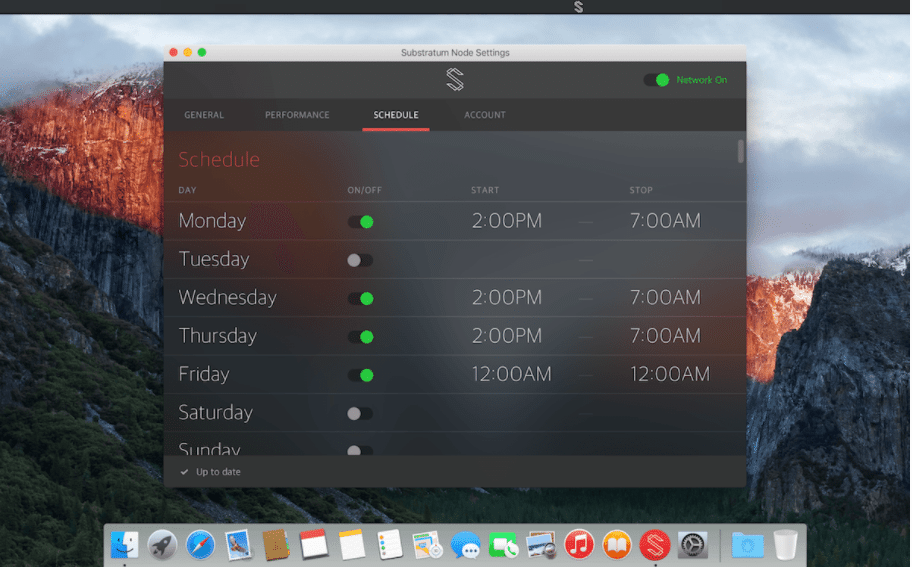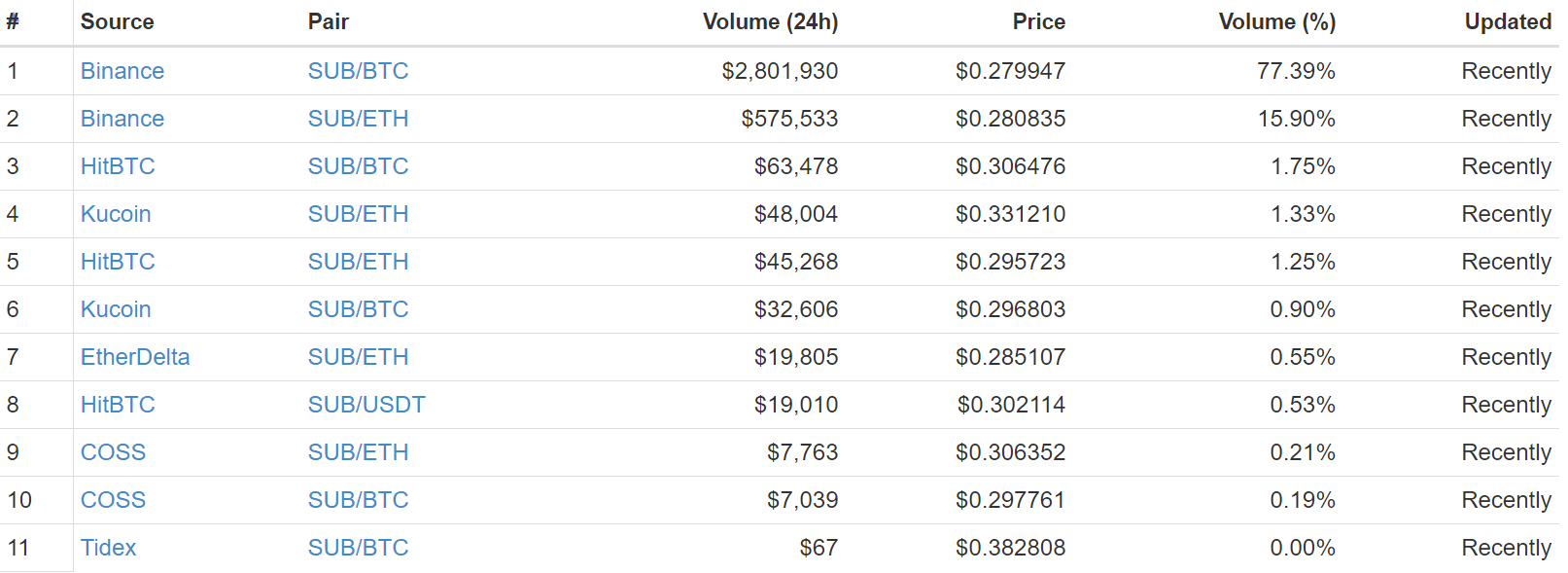What is Substratum?
Substratum brands itself as the foundation of the decentralized web, an “open-sourced network that allows anyone to rent their computer as a hosting server.”
Substratum wants to liberate the centralized ties that bind web hosting and content access. The platform 
If Bitcoin was trying to effect a peer-to-peer monetary exchange, Substratum is trying to usher in an era of peer-to-peer internet access. It’s internet hosted by the people for the people.
So How Does it Work?
Substratum’s goal is substantial in scope but straight-forward in concept. Put simply, it allows anyone to host or access web content through nodes on the Substratum blockchain.
Let’s say you were looking to host. All you would need to do is install the Substratum software and run the program. Once it’s up, your computer acts like a miniature-server, syncing up to other nodes on the network to create a portal for users to access the internet. Hosts are then paid in Substrate, Substratum’s token, to compensate for their efforts. The pay is calculated on an individual basis, factoring in the CPU power, network bandwidth, and data count a host’s node processes. Hosts have the freedom to set their own hosting schedule. Using the application’s settings dashboard, they can turn their node on and off and even dictate how much processing power they want their computer to contribute to the network.
If you’re a user, you simply need to connect to the Substratum network and the protocol will take care of the rest. Using your Domain Name System (DNS) request, its AI geolocates your search request to connect you to the nearest node. It runs existing DNS framework, so Substratum will accommodate default browsers like Chrome, Safari, and Firefox. This ensures that content on the Substratum network is both secure and easily accessible.
SubstratumHost and CryptoPay
Business, corporations, and other entities will be able to host applications, websites, and databases on the Substratum platform. This will serve as an alternative to larger, centralized server hosts like Go Daddy, Amazon, and others. If you want your content or services hosted, you need only pay the network hosts in Substrate for the amount of traffic their nodes accommodate.
In addition to using Substrate to publish content, businesses and websites can implement Substratum’s CryptoPay function. This will allow websites and applications to process payments for goods, services, and fees in the form of any publicly traded crypto-asset. Substrate will act as the bridging currency to oversee transactions.
Why is Substratum Necessary?
Even without the threat of web censorship or regulation, Substratum’s endgame promises to deliver where current web hosting protocols fail. On the surface level, Substratum’s blockchain makes web surfing more secure and private. The cryptographic algorithms that run the network ensure data integrity and render VPNs and Tors obsolete.
There’s also a cost benefit to using Substratum. Most web hosts charge for content whether or not it’s being accessed. Amazon Web Services, for instance, uses a model that charges clients on a monthly basis. Substratum, however, charges websites by request, taking into account the total amount of data that was requested for a given address. In their whitepaper, they post a disclaimer that they have not calculated a complete fee matrix, but they estimate it will be well below traditional hosting costs.
Net Neutrality and State Censorship
Substratum’s platform alone is brimming with possibility, but its potential for global application is even more appealing when we factor in threats to net neutrality or state-sponsored web censorship.
Many of you are probably thinking about Substratum as it relates to heavily censored countries like China. Well, Substratum would definitely help bring previously restricted content to people in such countries.
But if you’re a United States citizen, this applies to you, too. On December 14th, the Federal Communications Commission repealed Net Neutrality, a regulatory doctrine established during the Obama-era. For those of you unacquainted with the concept of net neutrality, we’ll give you a quick rundown: net neutrality means internet providers must treat all web content and data equally, and without it, they can block, restrict, or charge premiums for specific internet content, applications, websites, and services if they see fit.
You can probably see where Substratum factors into all this. Substratum encrypts all the data and network traffic that run through the network, much like a VPN. Even better, your gateway to the web is broken up between multiple nodes, essentially fragmenting the access point’s IP address. This means that, while you’re using Substratum, no one, including your ISP, can monitor what websites you visit or how you spend your time on the internet. This would, in theory, allow users to circumvent restrictions and access the web through a neutral, traceless network.
Just as a Chinese citizen could use international Substratum nodes to access a restricted website like Facebook, American users could use them to access web content that their ISP may have blocked or throttled.
Ordinarily, you’d have to run a Tor browser or VPN to bypass such regulations, but Substratum’s protocol accomplishes the same goal more effectively without the technical complications.
Trading, Buying, and Storing
Unsurprisingly, Substratum’s value has substantially increased as Net Neutrality’s future in the United States has come into question. At the time of this article’s first draft, it was valued at $0.28, running up in anticipation of the FCC Net Neutrality vote. Now, it’s trading at roughly $1.10. You can buy Substratum on Binance, KuCoin, EtherDelta, HitBTC, COSS, and TidEx.
Substratum’s coin, Substrate, is an ERC-20 token, so you can store it on any ERC-20 compatible hardware, software, or web-based wallet (e.g. Ledger Nano S, Exodus, MyEtherWallet, MEW, etc.).
Final Thoughts
In order to bring their vision to fruition, the Substratum team is designing this interface with the casual user in mind. The team consists of industry veterans who have contracted work to Apple, Microsoft, HP, and OpenStack among others. They recognize the need to make Substratum user-friendly if their ideal for peer-to-peer internet is to become a reality.
We’ve got high hopes for Substratum–it’s unique in mission, industrious with its solutions, and revolutionary in its vision. Version 1 of its network is scheduled for launch sometime in December, and Version 2, complete with CryptoPay, is set for Q1 of 2018. Going into 2018, we’ll be watching with anticipation.
Never Miss Another Opportunity! Get hand selected news & info from our Crypto Experts so you can make educated, informed decisions that directly affect your crypto profits. Subscribe to CoinCentral free newsletter now.














